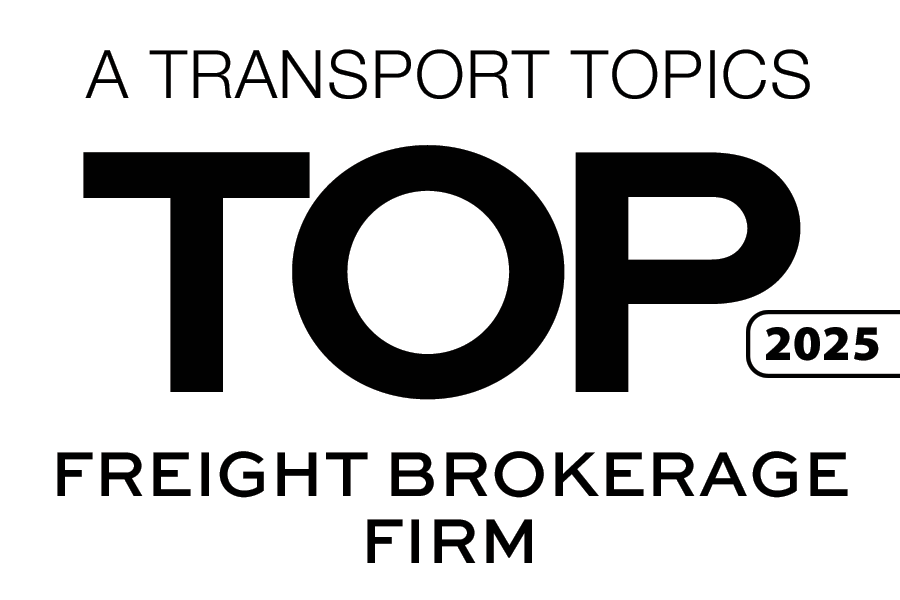Navigating the Changing Landscape of Transportation RFPs
October 4, 2023
 Chris Caplice, PhD. Is a Senior Research Scientist at MIT and Chief Scientist at DAT Solutions. As a leading mind in the field of freight analytics, Dr. Caplice has worked extensively in the field of transportation procurement. When it comes to requests for proposals (RFPs) a once straightforward part of the procurement process is becoming increasingly complicated.
Chris Caplice, PhD. Is a Senior Research Scientist at MIT and Chief Scientist at DAT Solutions. As a leading mind in the field of freight analytics, Dr. Caplice has worked extensively in the field of transportation procurement. When it comes to requests for proposals (RFPs) a once straightforward part of the procurement process is becoming increasingly complicated.
“They’re never going away, it’s too big of a market. But I don’t think they’re efficient by themselves,” Caplice explains.
Shippers, carriers, and brokers all seek stability when organizing contracts. RFPs are a convenient method to set up the majority of these agreements. Caplice believes RFPs are here to stay due to the sheer convenience they provide.
“RFPs make sense for a certain segment of the network,” he explains. “The length of time may change, with the carriers wanting them to be longer in the good times and the shippers wanting them to be longer in others. But the RFP is not going away.”
RFPs come in all shapes and sizes. Certain agreements may not make sense for some businesses or situations. For larger shippers, are all-encompassing, network-wide RFPs a strong move, or should they be segmented by type of business? In Caplice’s view, lumping RFPs together makes sense when strong synergies are involved.
When do RFPs make sense, and when should you try a different approach? Watch the latest episode of the Stay In Your Lane Podcast for key insights from industry experts.
“Both sides would like to have a rate stay forever, but we know that no one is a price maker in this industry. You’re all taking the market [as it] moves,” says Caplice. “As far as what you include in your RFP, I don’t know too many shippers who do LTL and truckload at the same time anymore, because they really don’t have synergies. If there are no synergies, it’s easier to do them separately.”
Shipping professionals who are eager to drive cost savings will lean on lower cost RFPs when the market is in their favor. When the market inevitably shifts, that same shipper may find themselves on the other side of someone’s cost savings strategy. This scenario highlights the drawbacks of a transportation model driven solely by pricing rather than partnerships based on reciprocity and trust. In spite of their more cutthroat nature, RFPs fill an important role in the transport economy.
“Transportation is a cost center. You can try to position it as a strategic tool, but every transportation manager is torn between this because it is their job to be as efficient as possible,” says Caplice.
Transportation departments that operate under a Chief Procurement Officer will typically seek cost savings above all else. This strategy places other members of the transport team in a difficult position, as a relationship-based approach can provide value from a service standpoint. On the flip side, carriers have been known to charge their so-called partners an exorbitant rate when the market allows it. It is these swings that dictate price in the transport market above all else according to Caplice.
“I think most people who manage [transport] day-to-day are very concerned about service and trust, but also cost,” he says. “I don’t know anyone who runs a bid and takes the highest cost.”
The benefits of strong partnerships between transportation stakeholders are numerous, but cost remains an important consideration. This is where the concept of segmentation can help to strike the balance. High-value customers can be lumped into one category separate from the rest of a company’s clientele. Another strategy for segmentation when it comes to RFP timeframes is to break the network into three distinct areas: dedicated, contract, and spot/dynamic.
“For too long, shippers have been using that big hammer of a contract for everything,” Caplice explains. “But they’re getting more sophisticated now.”
“You have companies that bid every year regardless of what the market says,” adds Joe Lombardo, President of Ege Avenue Associates. “If you think about it, it gives carriers a chance to adjust. They know they can adjust pricing in a year.”
Caplice recommends carveouts for dedicated lanes to maintain a high level of service—as long as it makes financial sense. He also points out that 85% of volume happens on 15% of lanes. These are the lanes to contract, he suggests.
“The way to segment is to think about the characteristics of the customer you’re serving, but also the characteristics of the lane,” he explains. “You don’t want to have a dedicated route on something that ships once every month. Use the right relationship for each part of the network.”
RFPs are just one of many highly nuanced topics in modern transport. For a 3PL partner who will help you navigate the complexities of the market, trust the transportation experts at Triple T Transport. Contact us today to learn more or to receive a quote.














